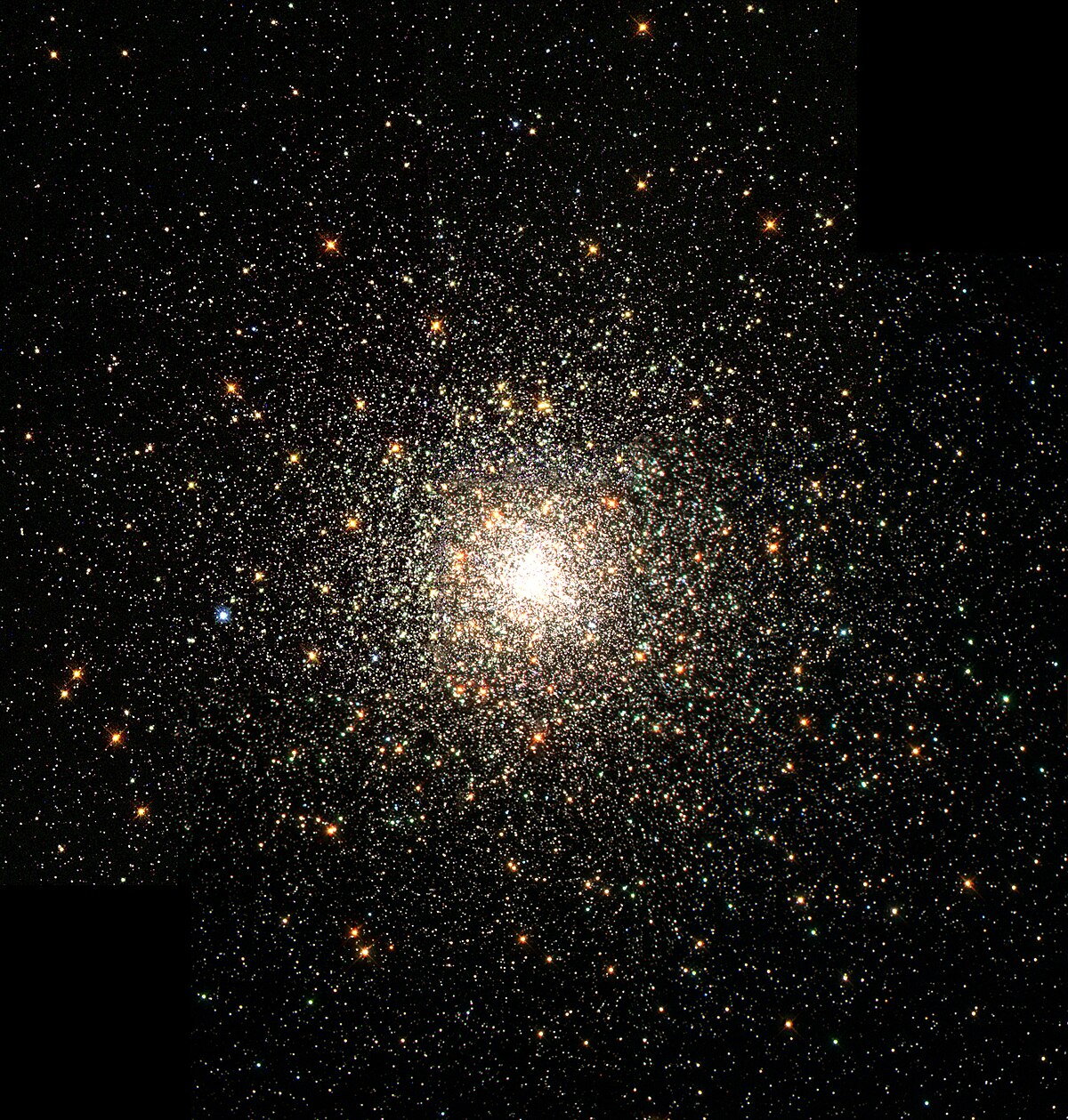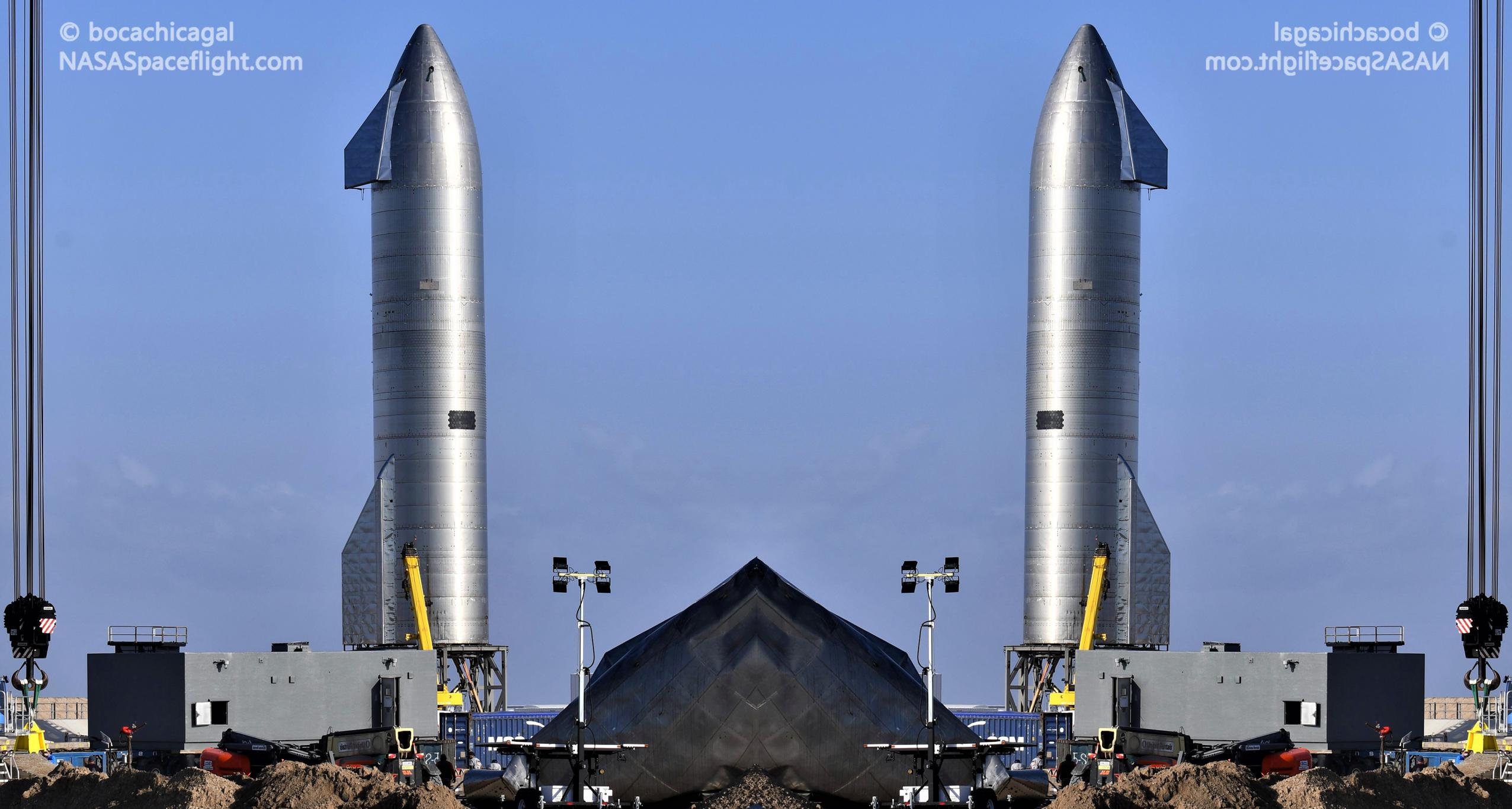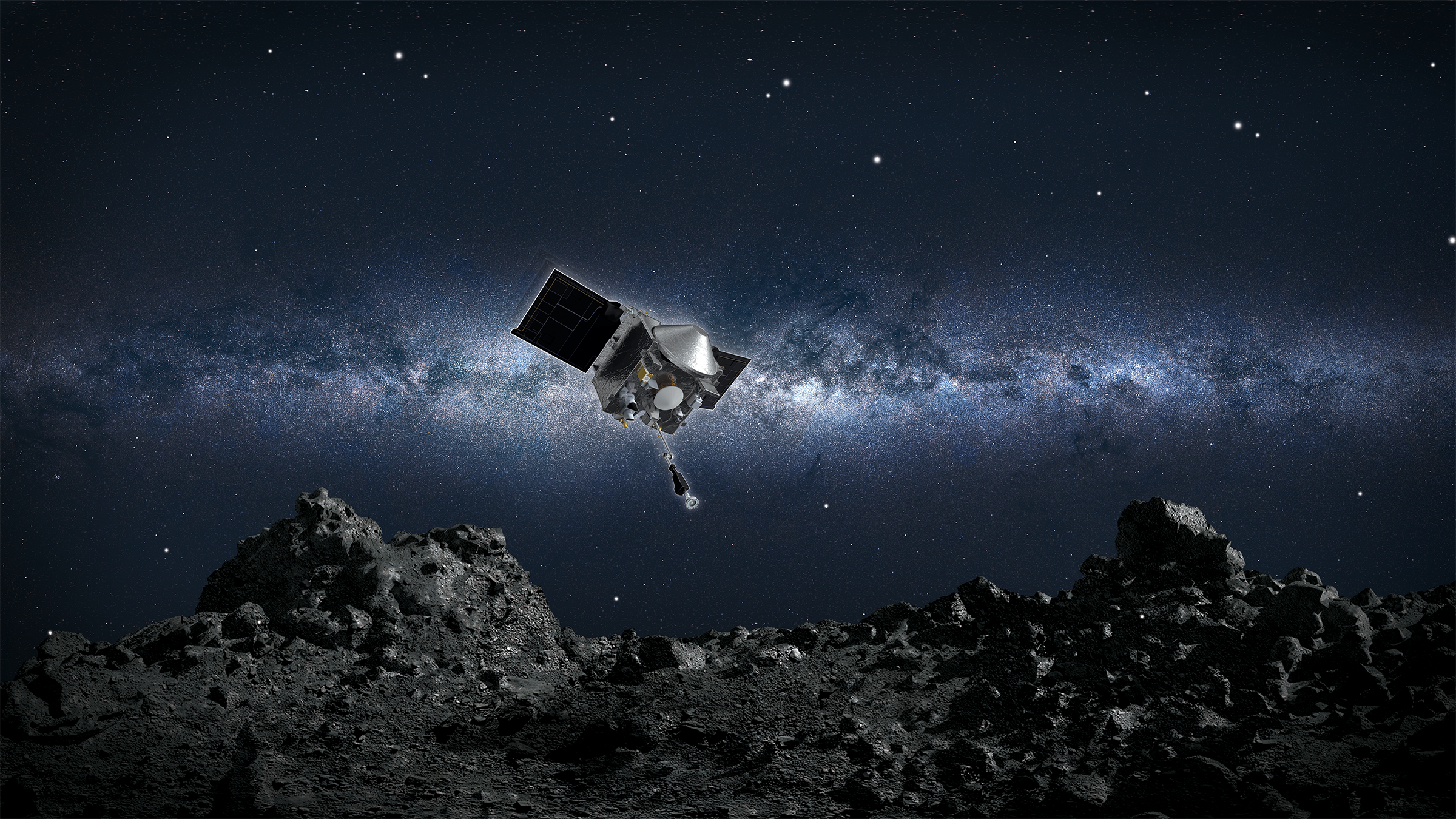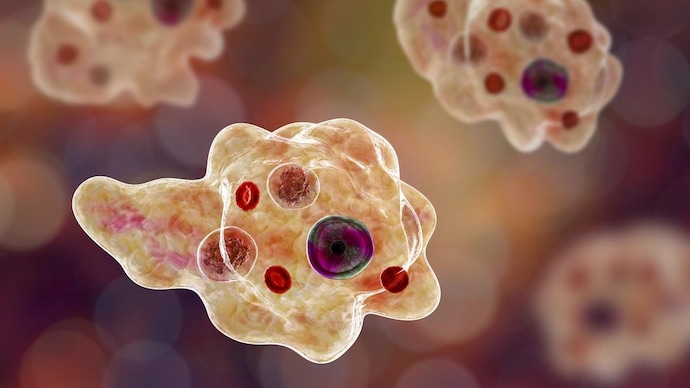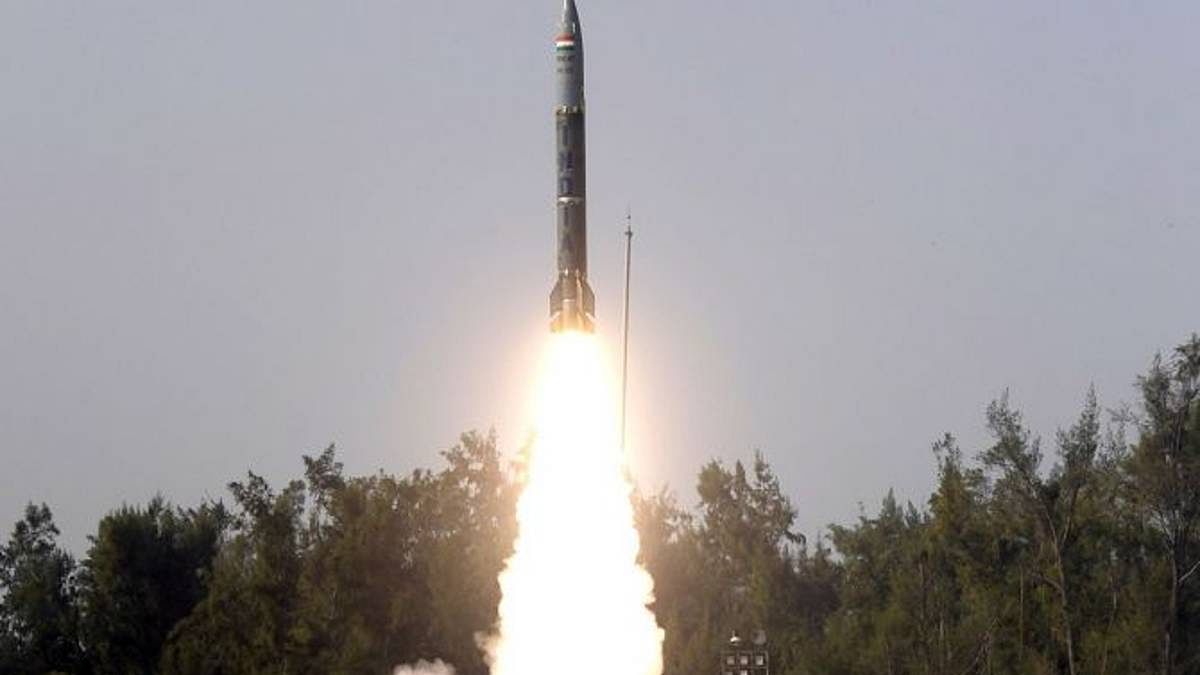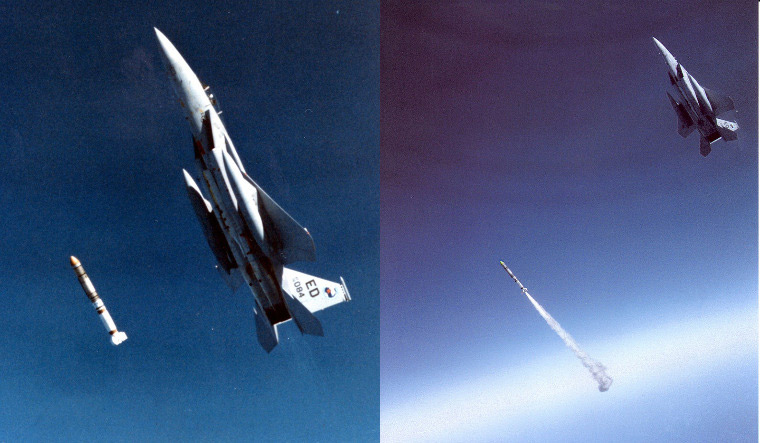Bose, who was born on January 1, 1894, worked with Einstein to develop what is now known as the Bose-Einstein statistics. We look at the illustrious legacy and stellar achievements of the Indian physicist.

Satyendra Nath Bose
- Born on January 1, 1894, Bose grew up and studied in Kolkata, where he established himself as a model academician.
- Every day before going to work, his father, an accountant in the Executive Engineering Department of the East Indian Railways, gave him an arithmetic problem to solve, which sparked Bose’s interest in mathematics.
- He began studying for a Bachelor of Science degree at the Presidency College at the age of 15, and later completed his MSc in Mixed Mathematics in 1915.
Career as researchers
- It was a difficult time for Indian researchers because World War I had broken out, and European scientific journals visited India only infrequently.
- Furthermore, because most research papers were not available in English, Bose and Saha had to learn scientific terms in German and French in order to read published works.
- However, the new skill proved useful when they published English translations of Albert Einstein’s special and general relativity papers in 1919.
- Bose was appointed as a Reader in Physics at the University of Dhaka two years later. He made his most significant contributions to physics here.
Association with Einstein
- In 1924, Bose wrote to Albert Einstein about his quantum mechanics breakthrough.
- He claimed to have derived Planck’s law for black body radiation (the spectrum of light emitted by any hot object) without using classical electrodynamics.
- Impressed by Bose’s discoveries, Einstein not only arranged for the paper’s publication but also translated it into German.
- This acclaim propelled Bose to fame and glory.
Breakthrough in the invention of the Boson
- He later collaborated with Einstein to develop what is now known as the Bose-Einstein statistics.
- In his honor, any particle that obeys the Bose-Einstein statistics is now referred to as a boson.
- On the occasion of his 129th birthday, we look back at the Indian physicist’s illustrious legacy and stellar achievements.
Source: https://indianexpress.com/article/explained/explained-sci-tech/birth-anniversary-satyendra-nath-bose-indian-scientist-achievements-8355163/

